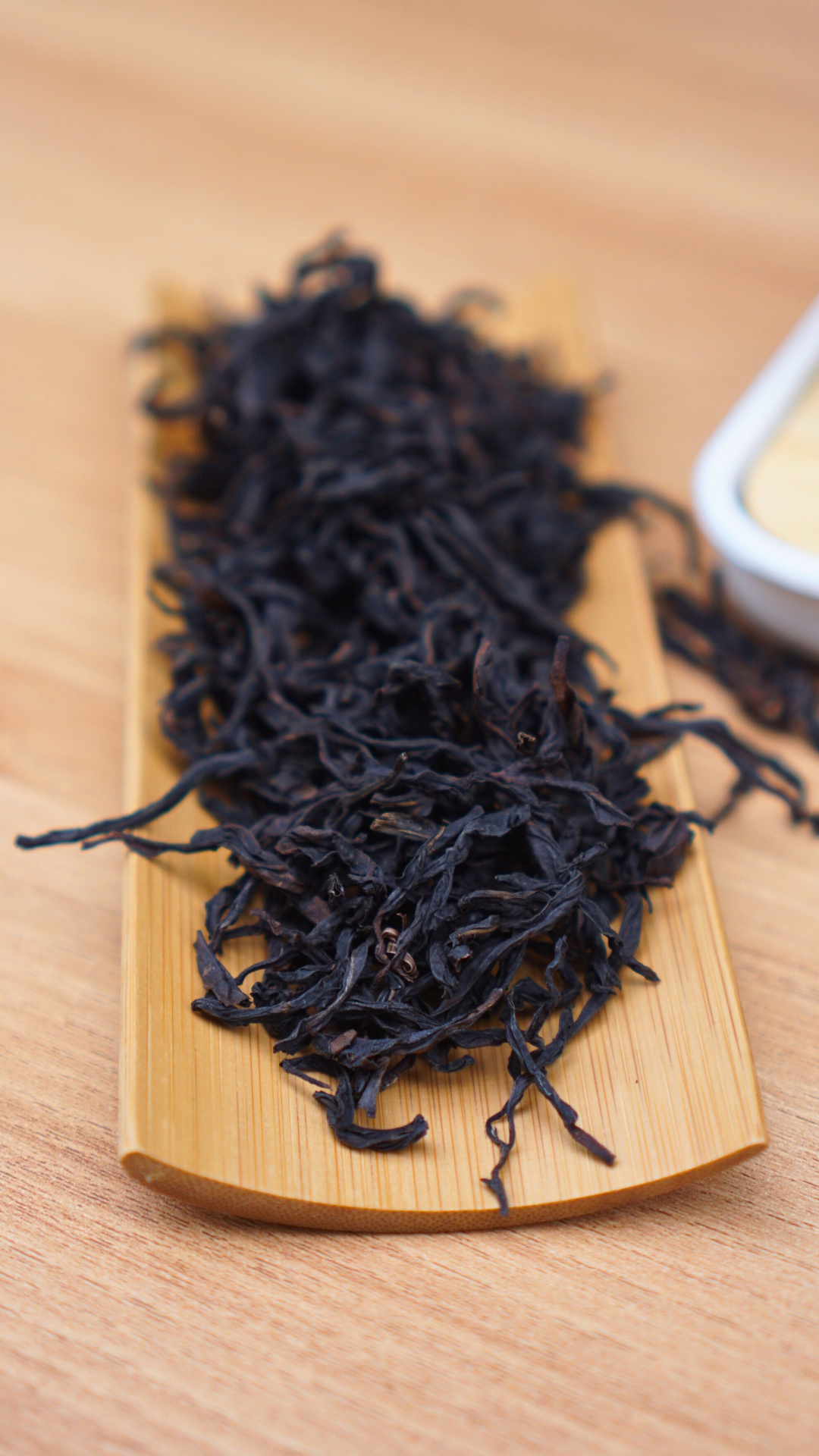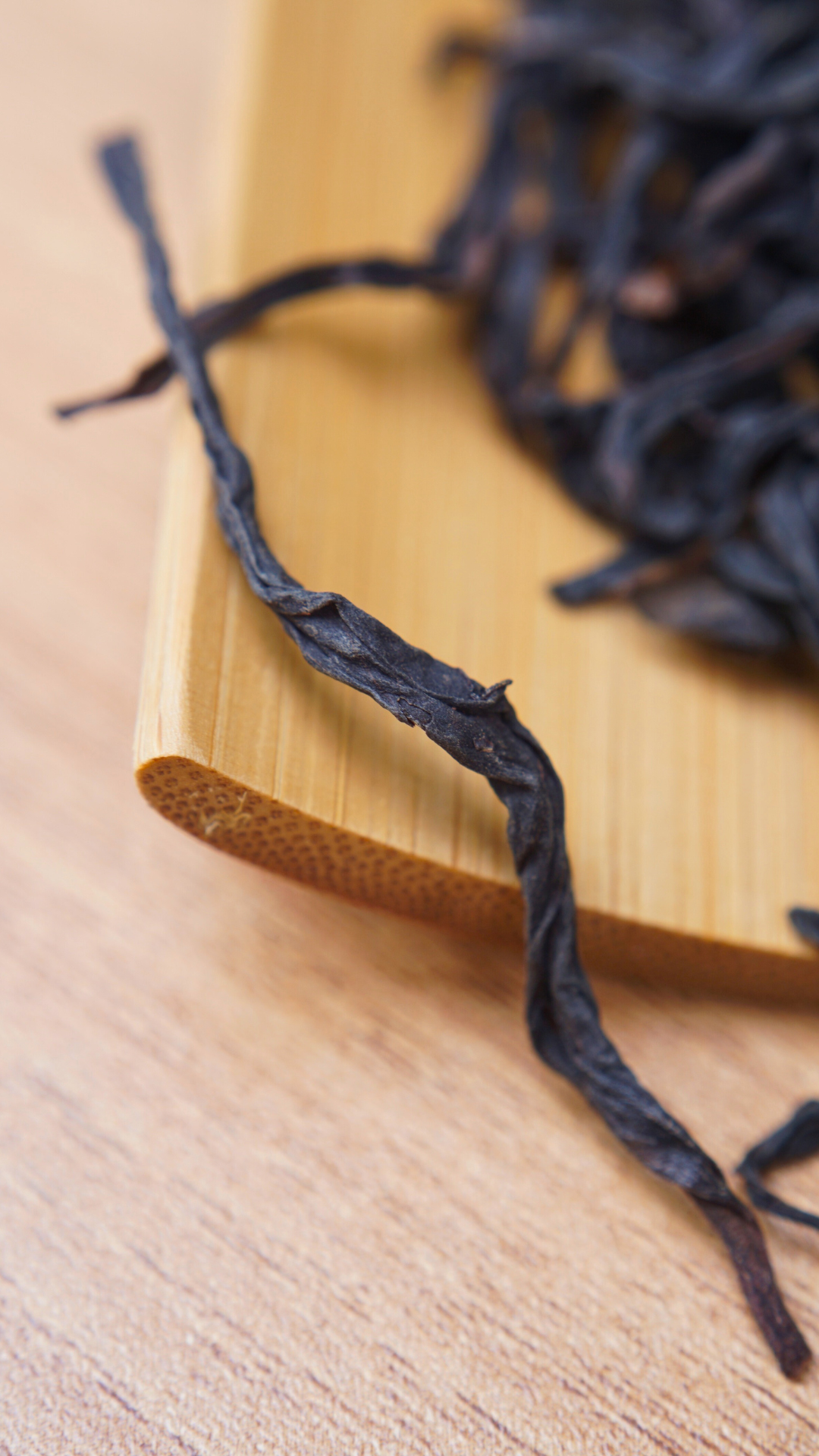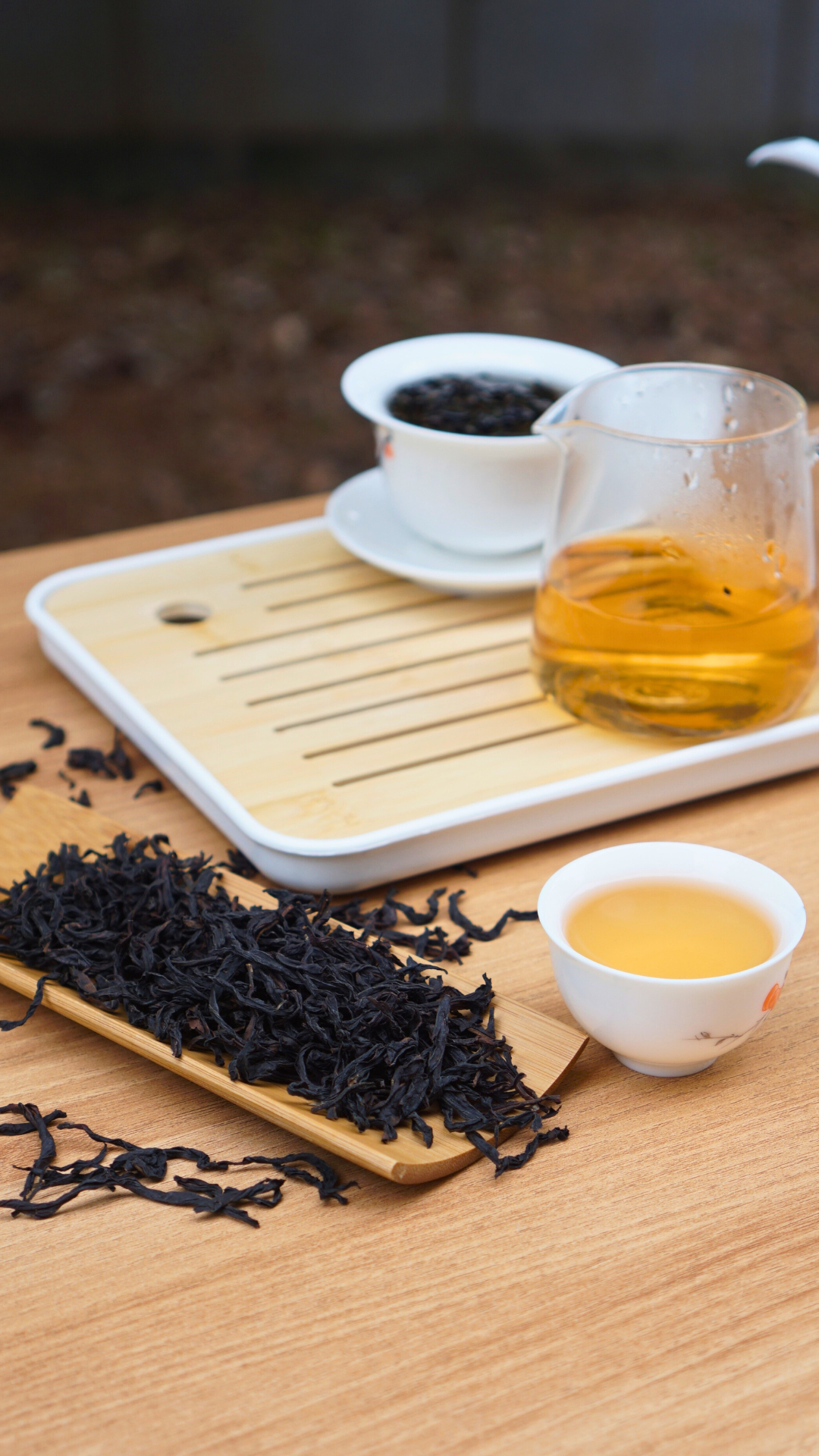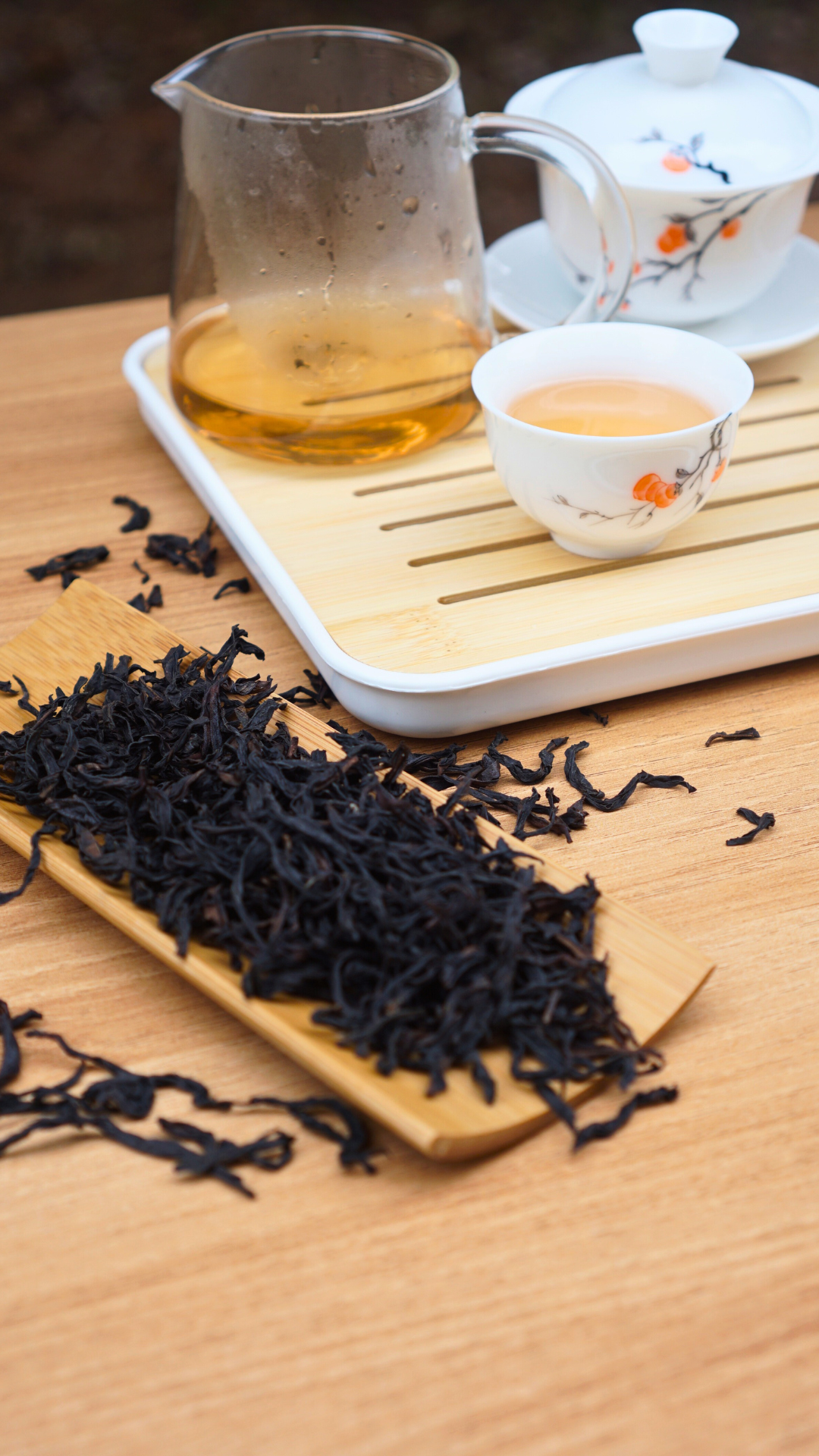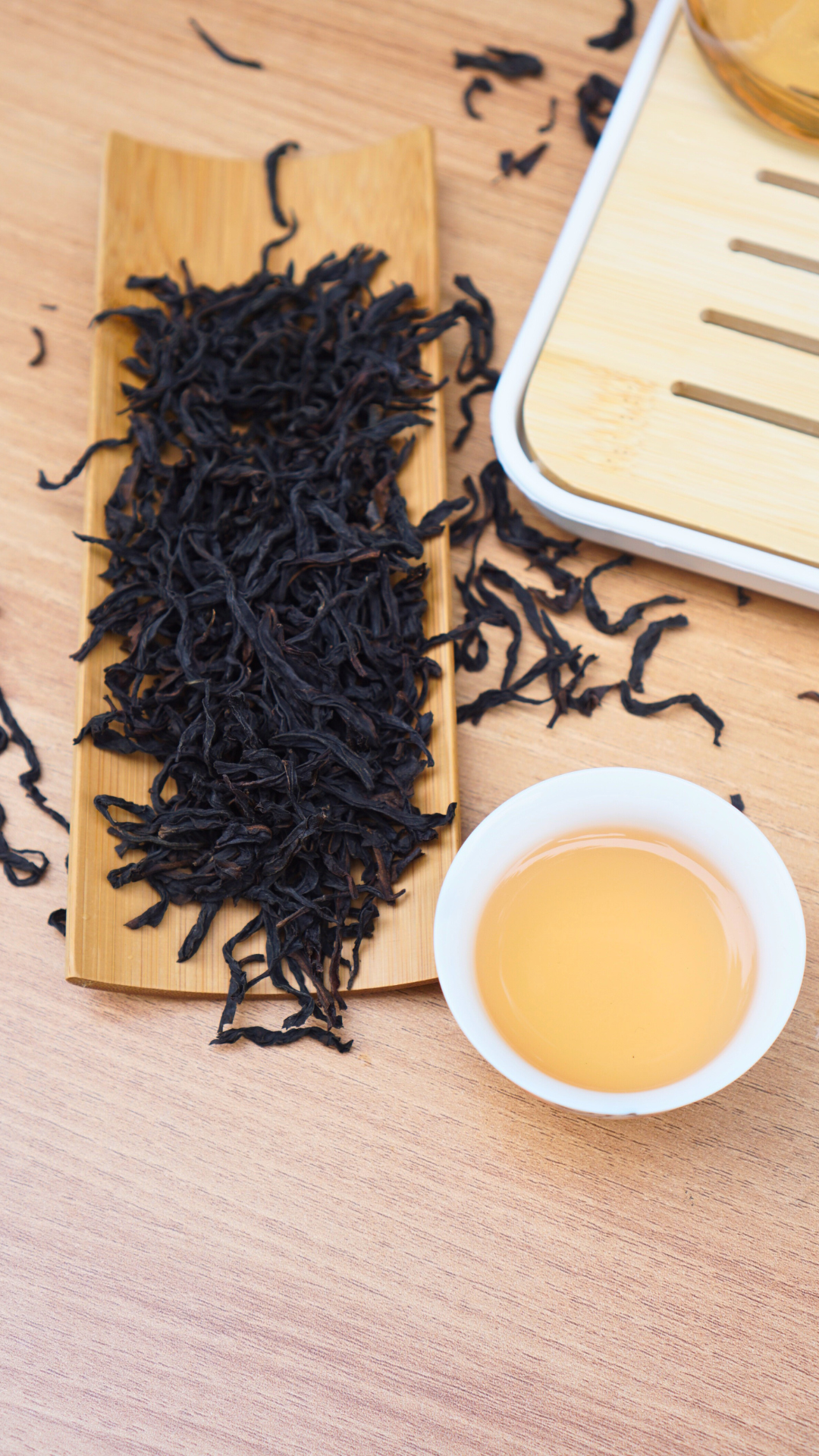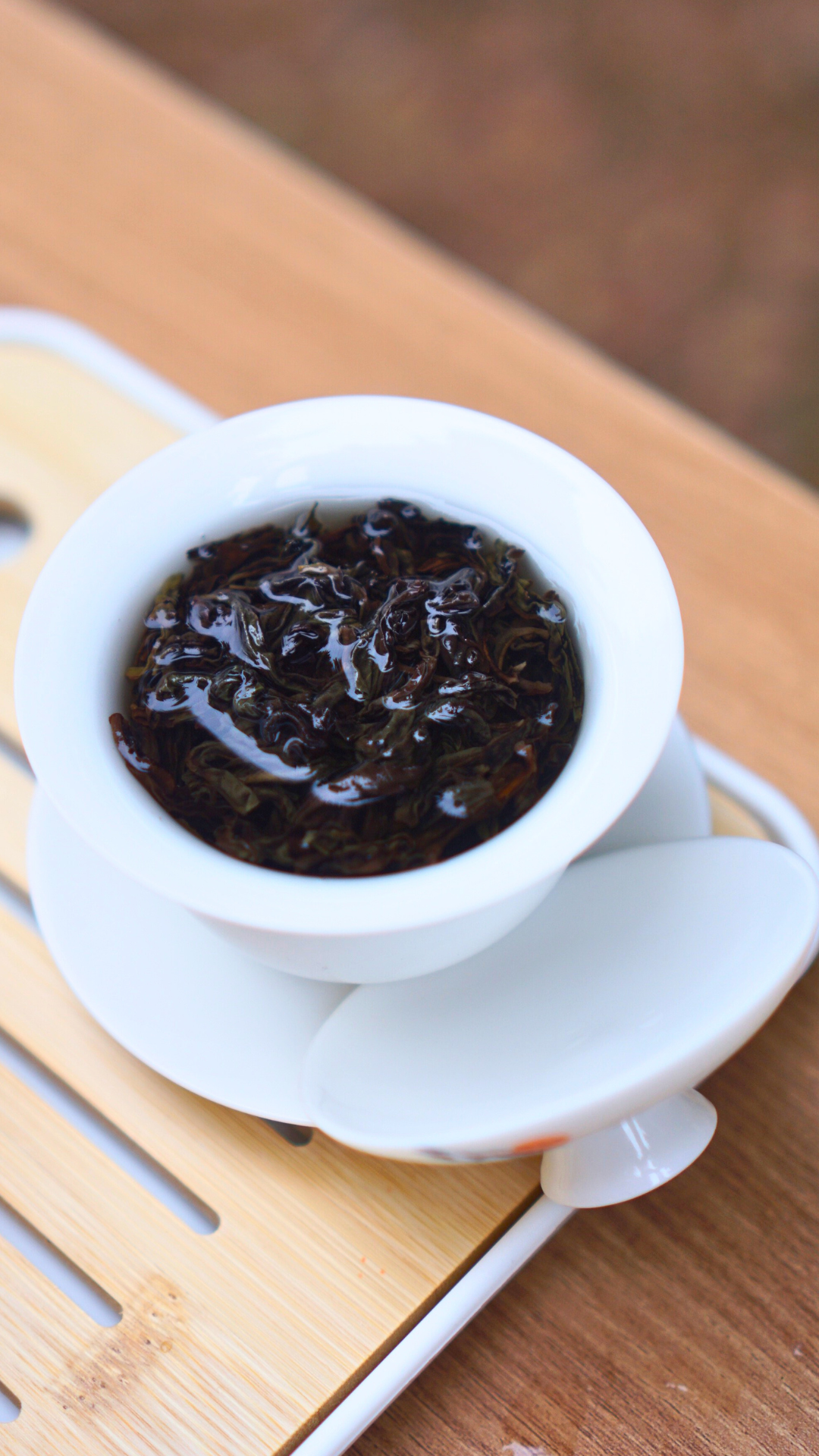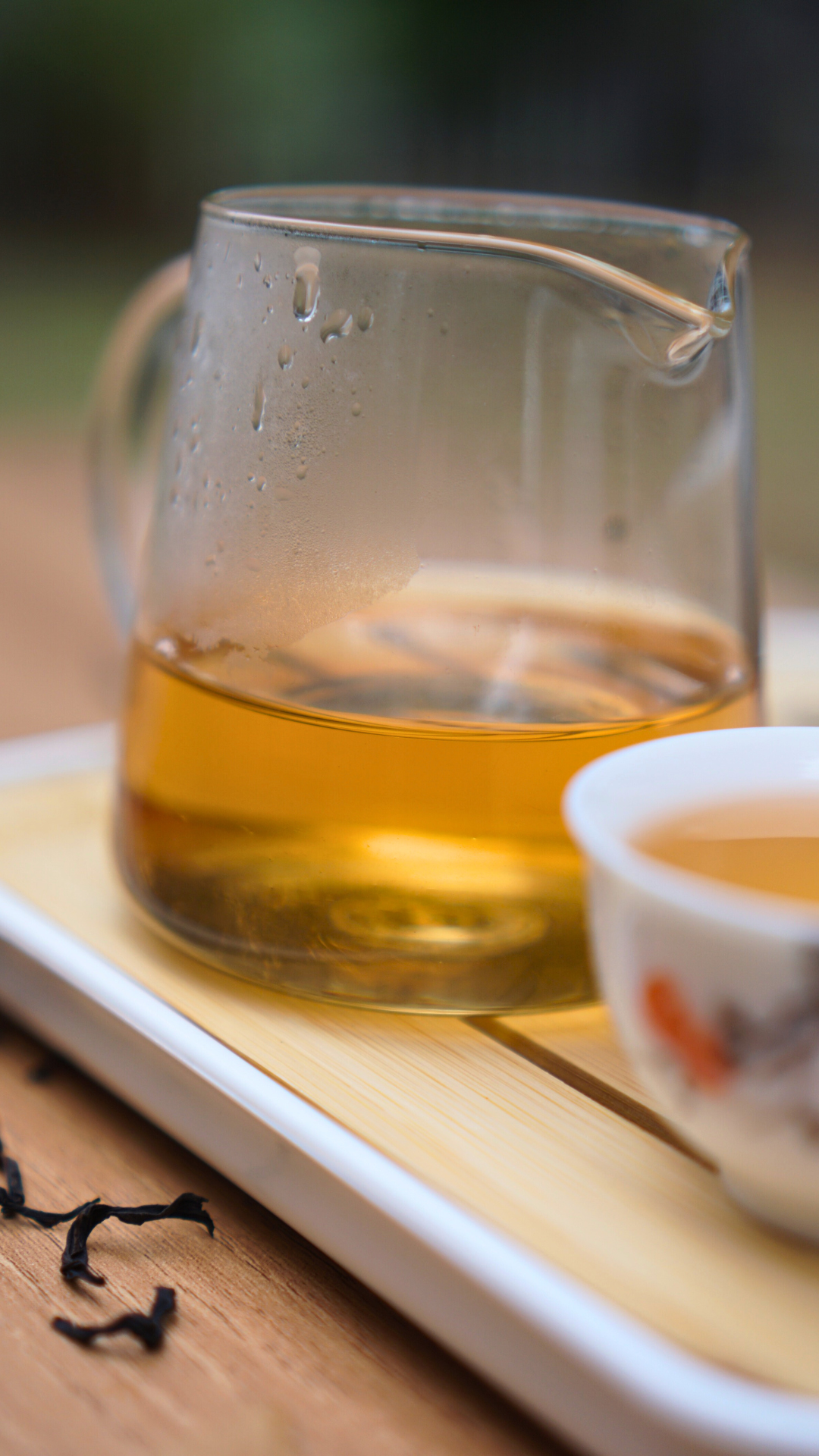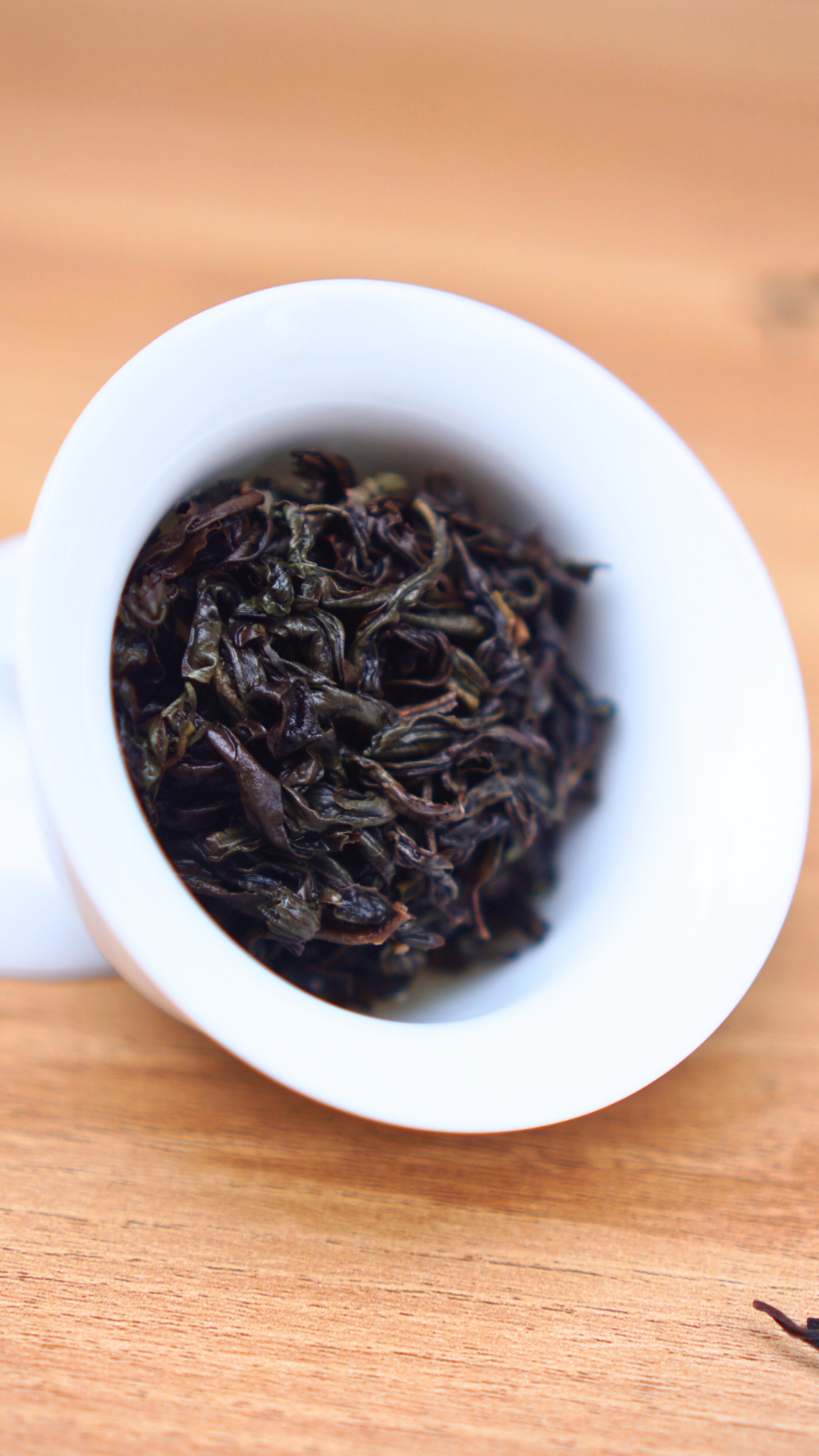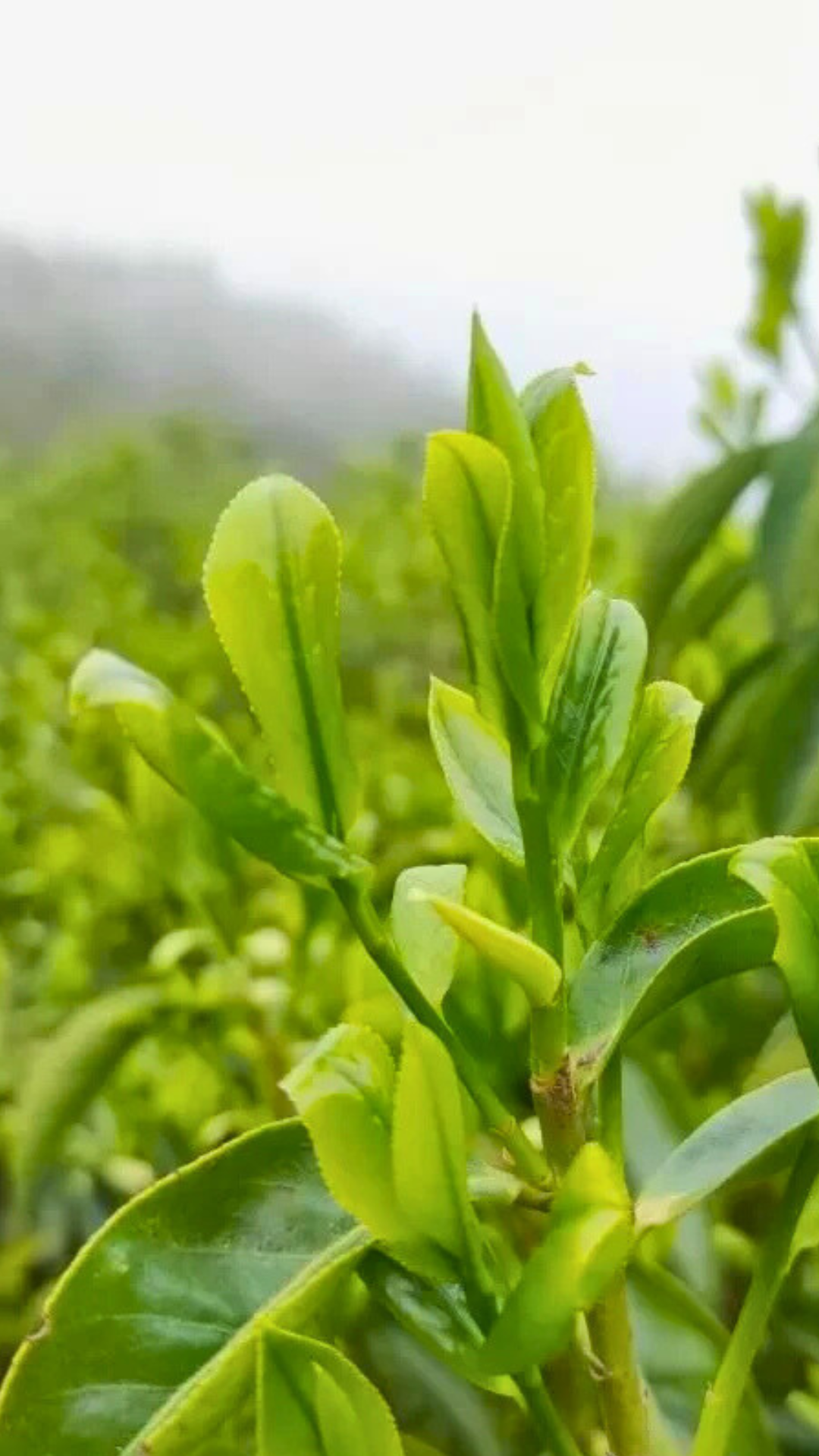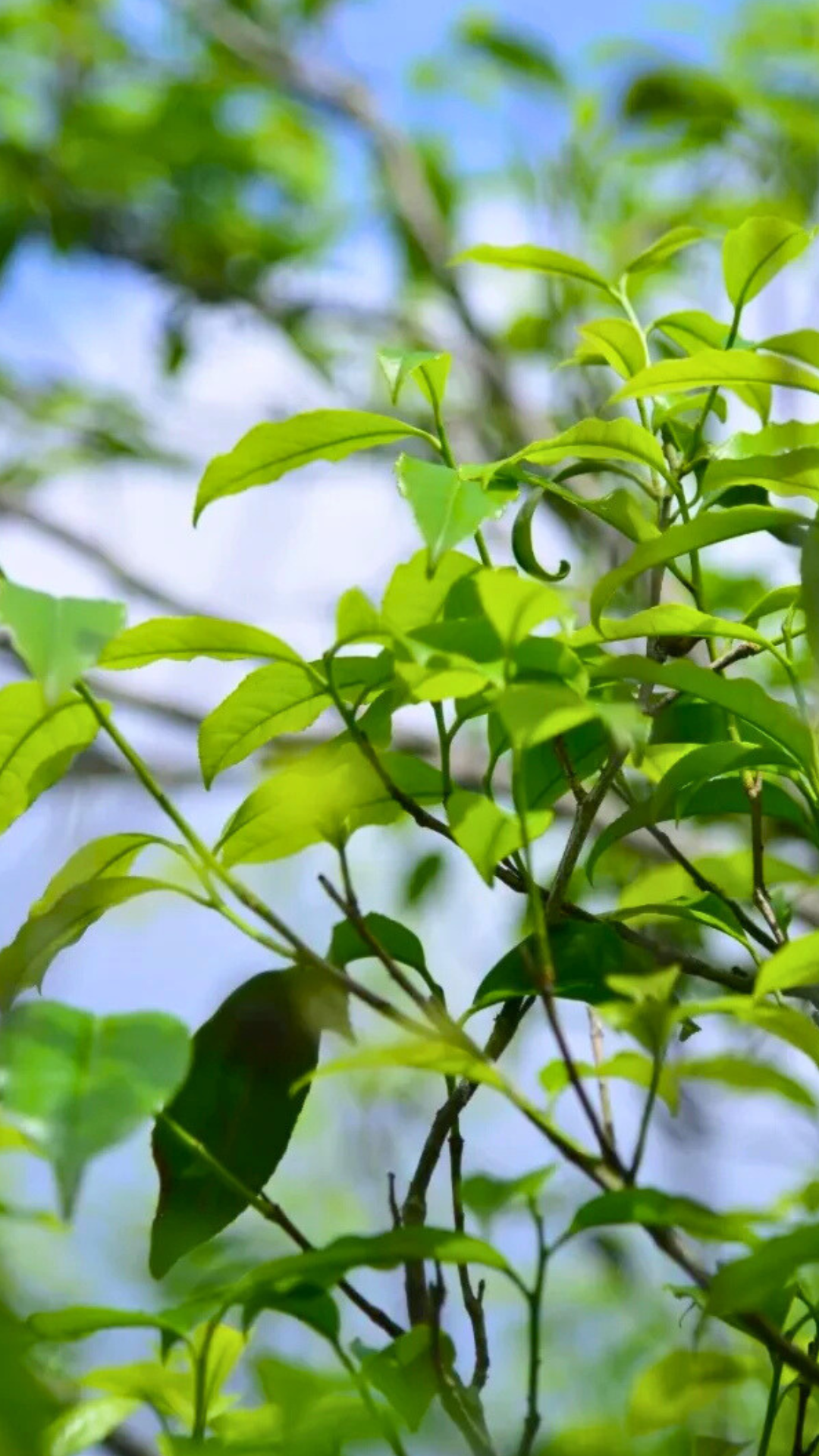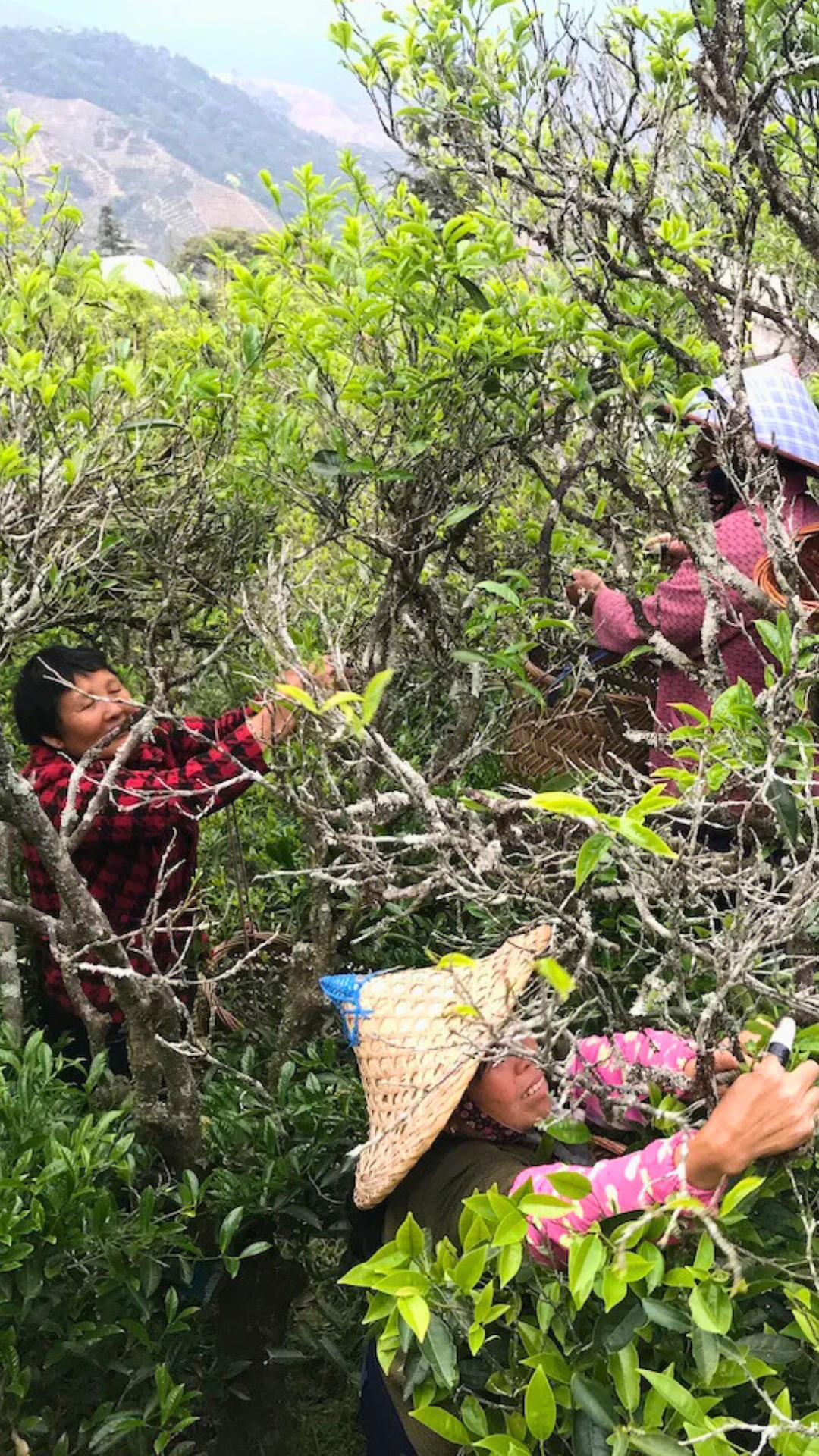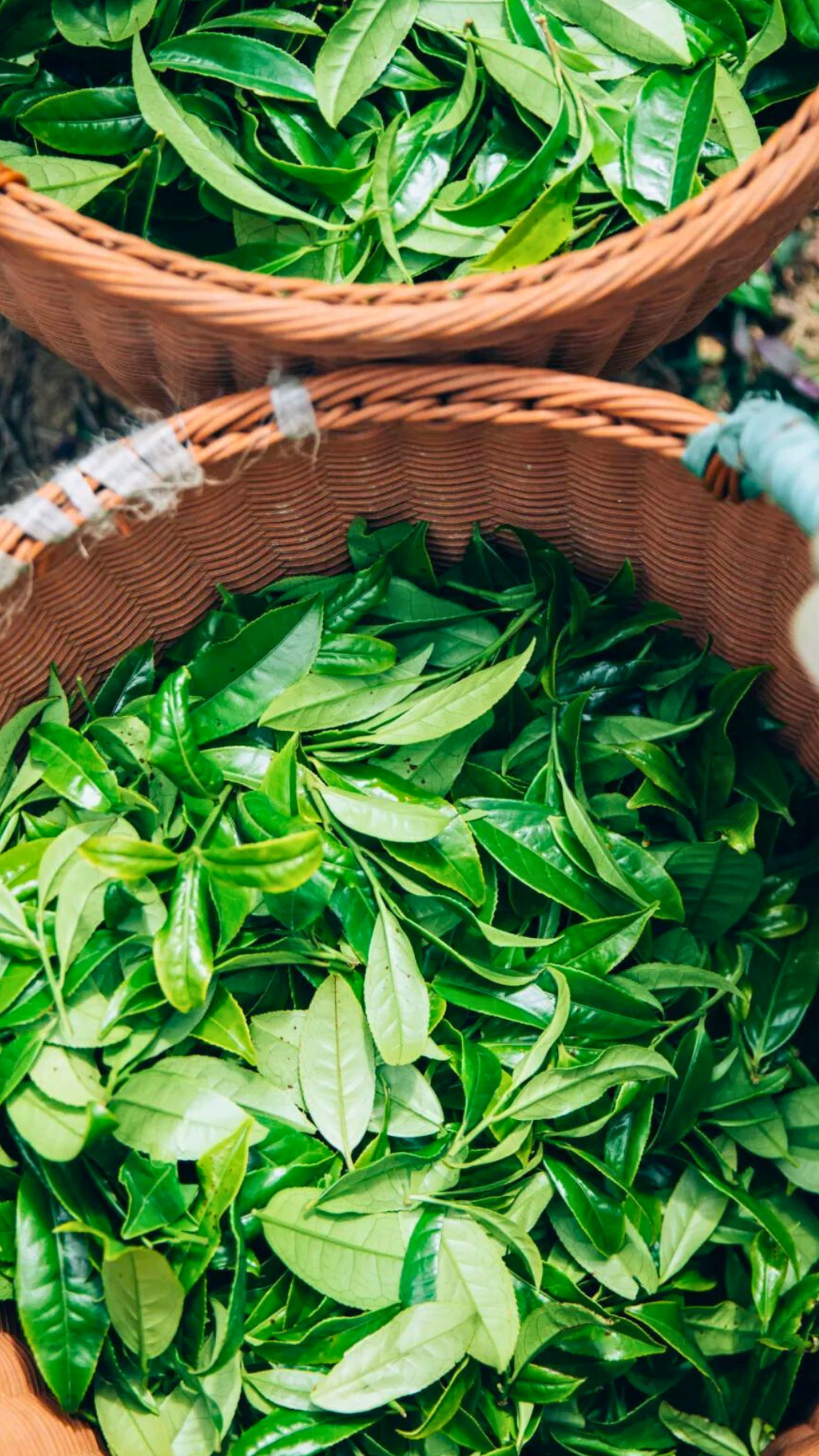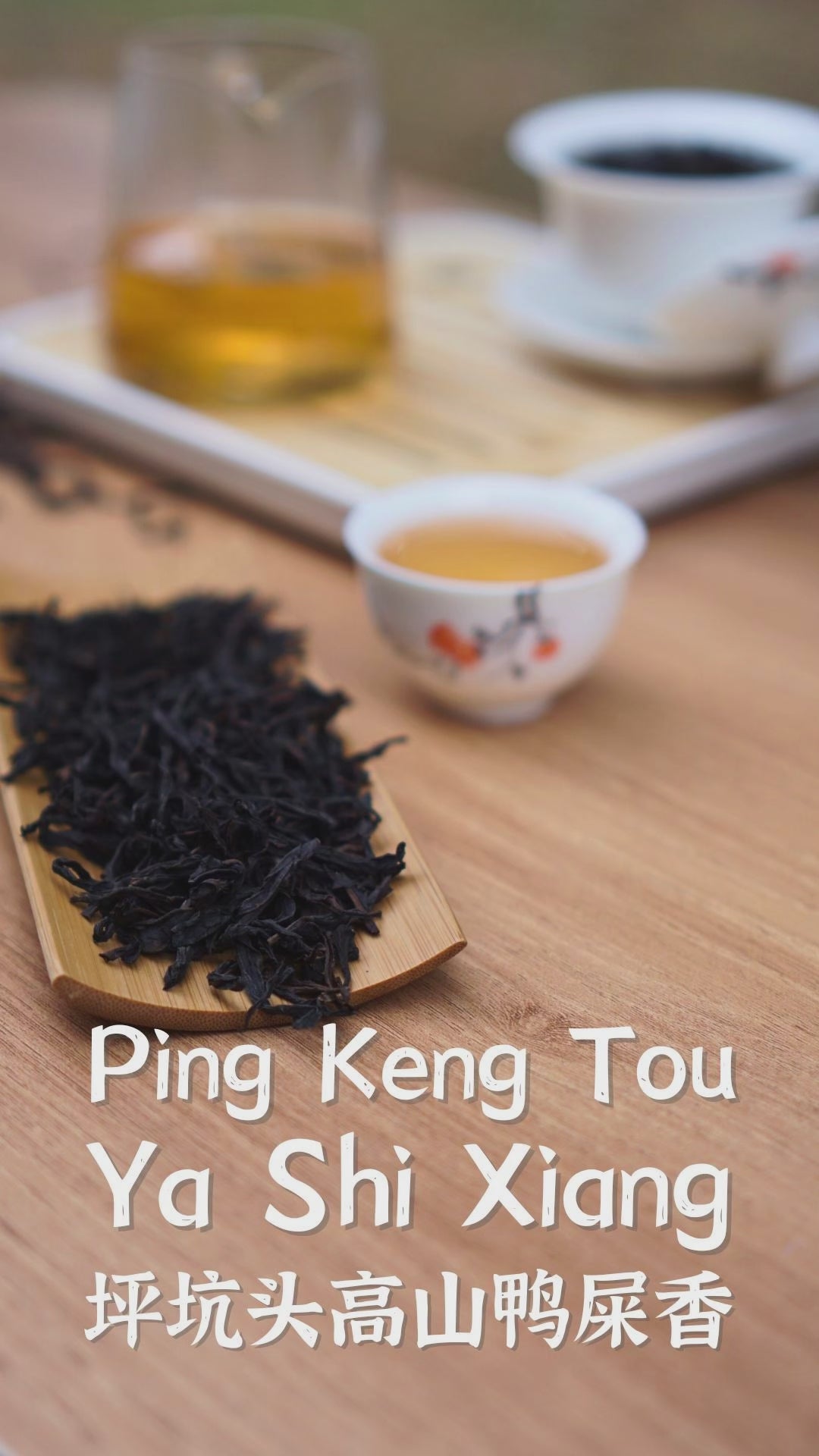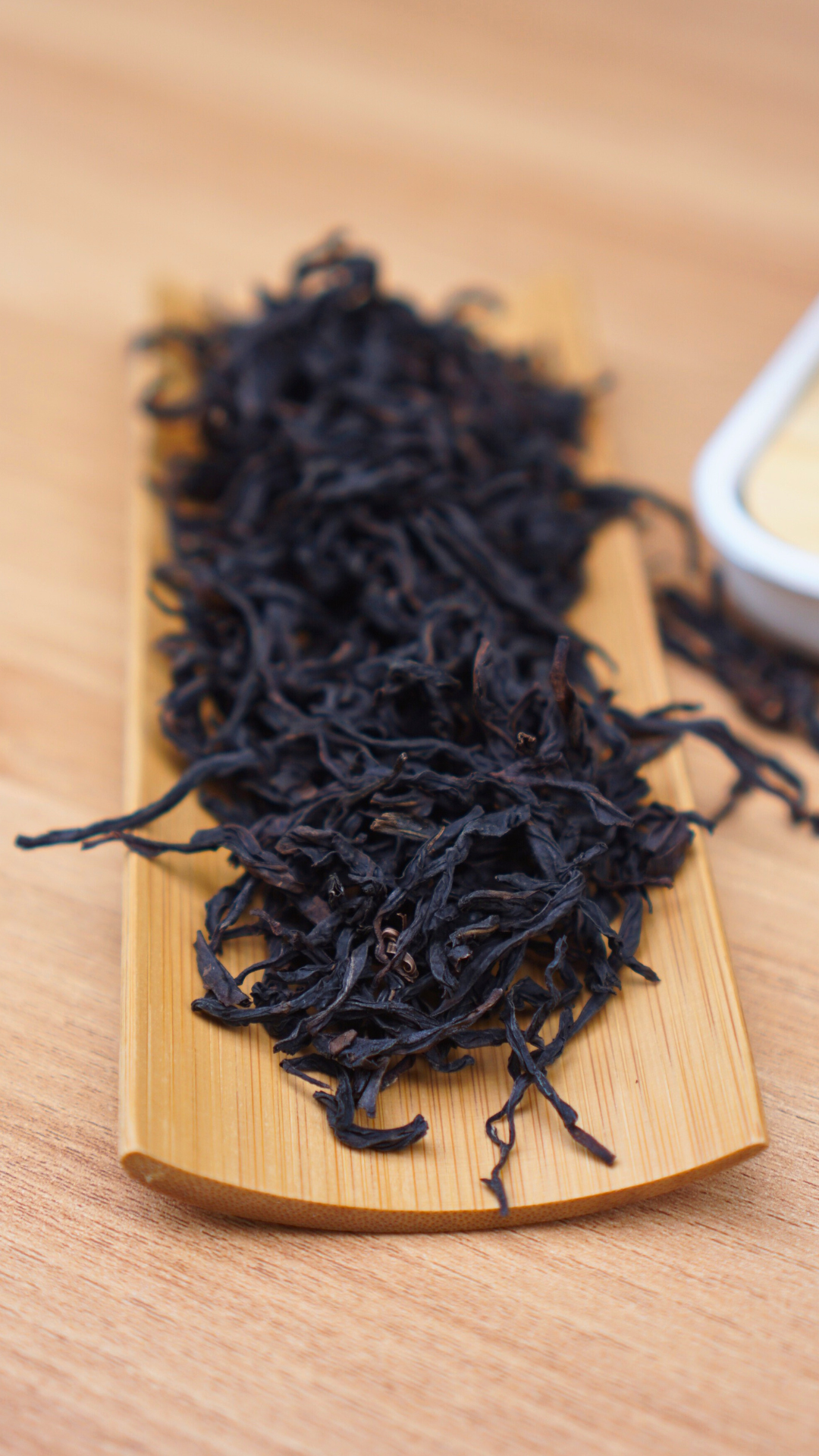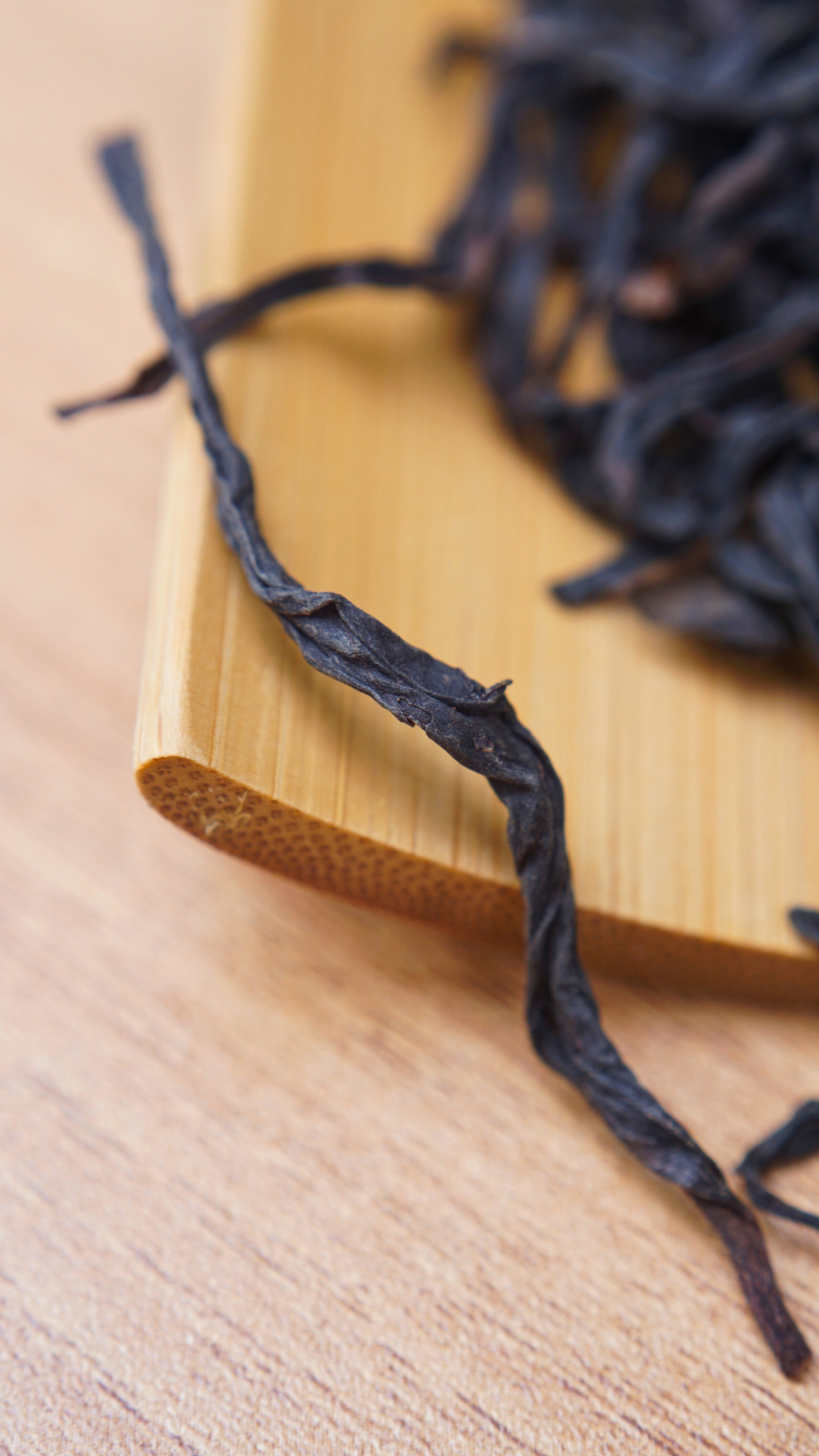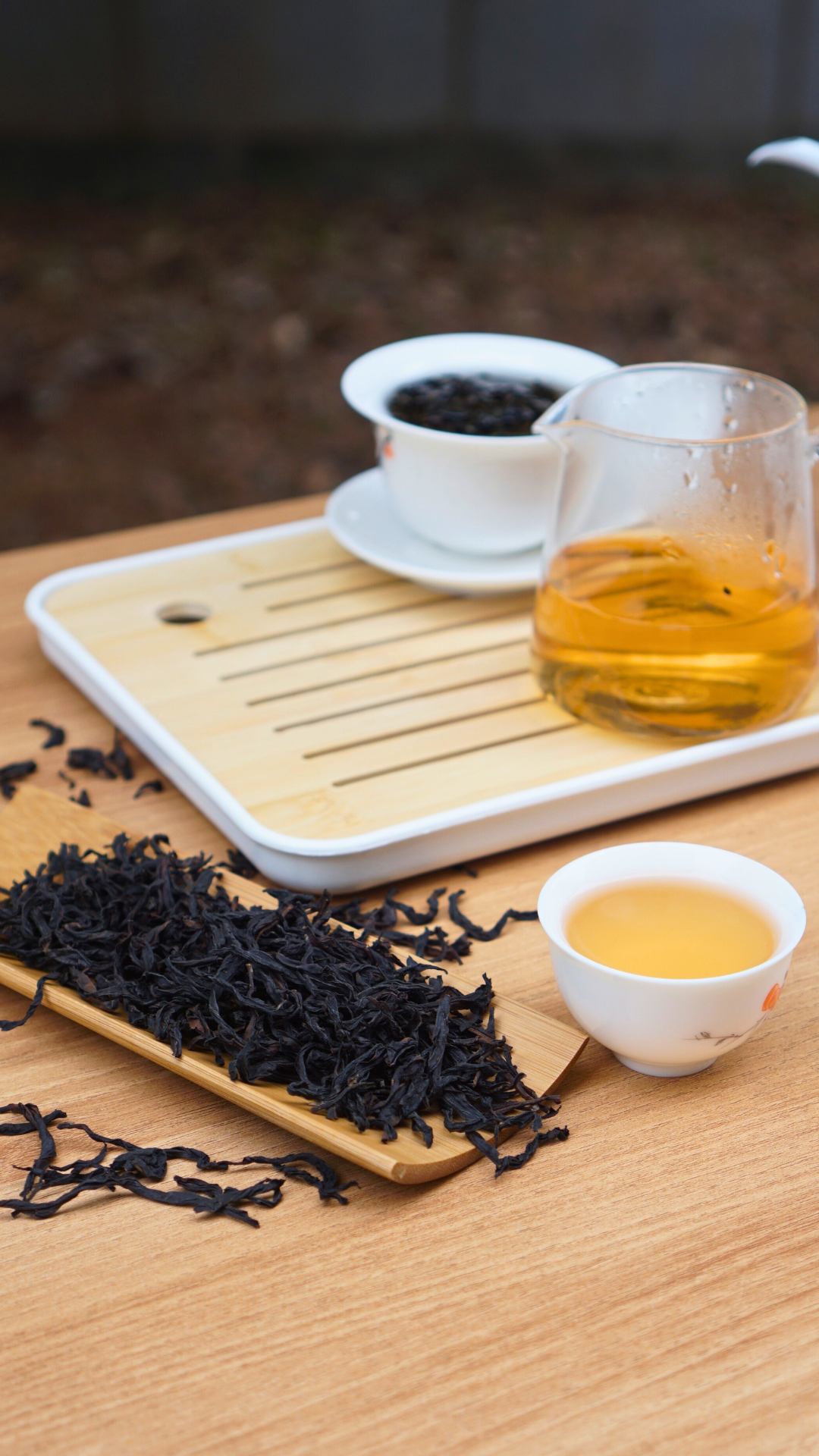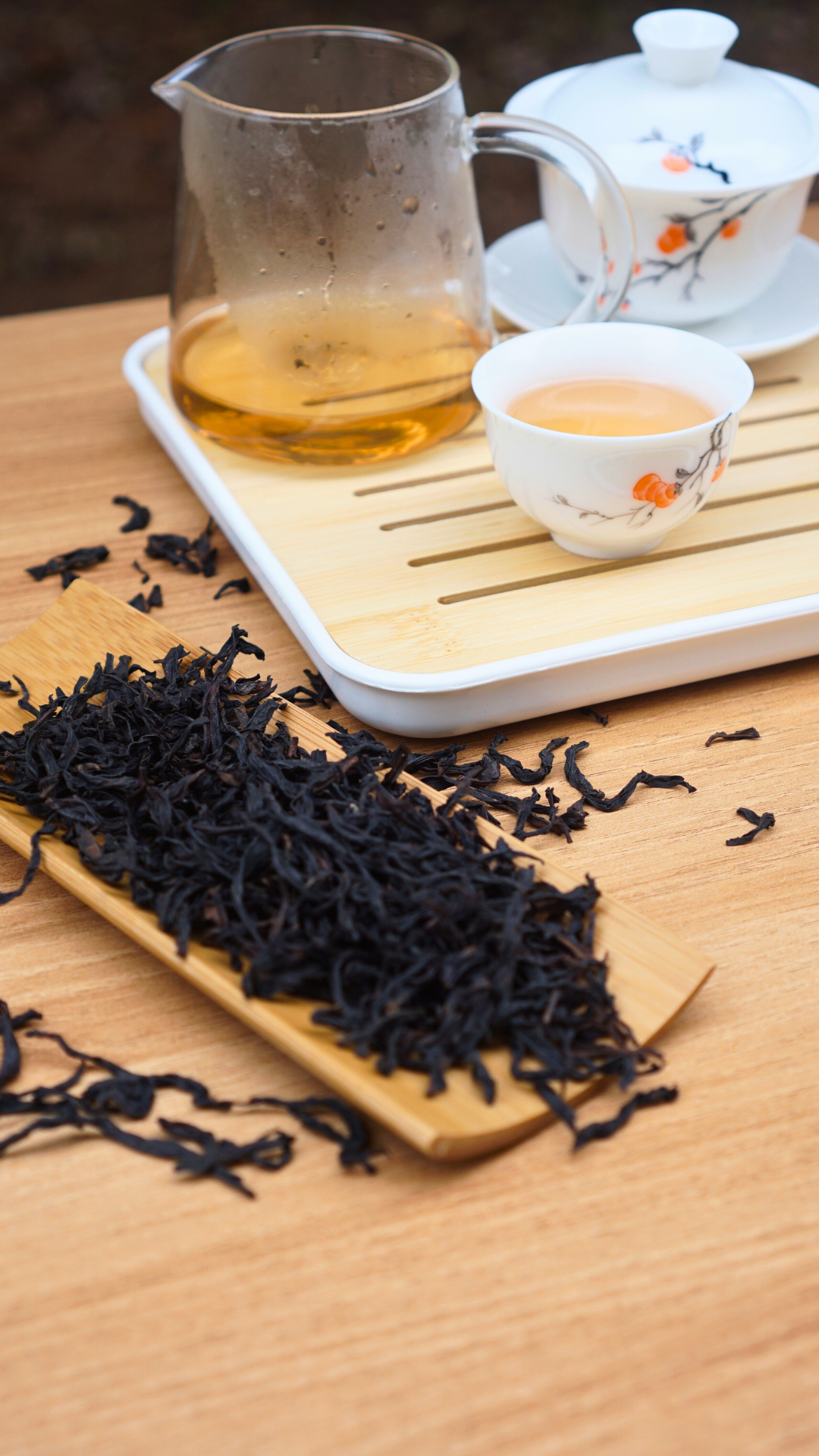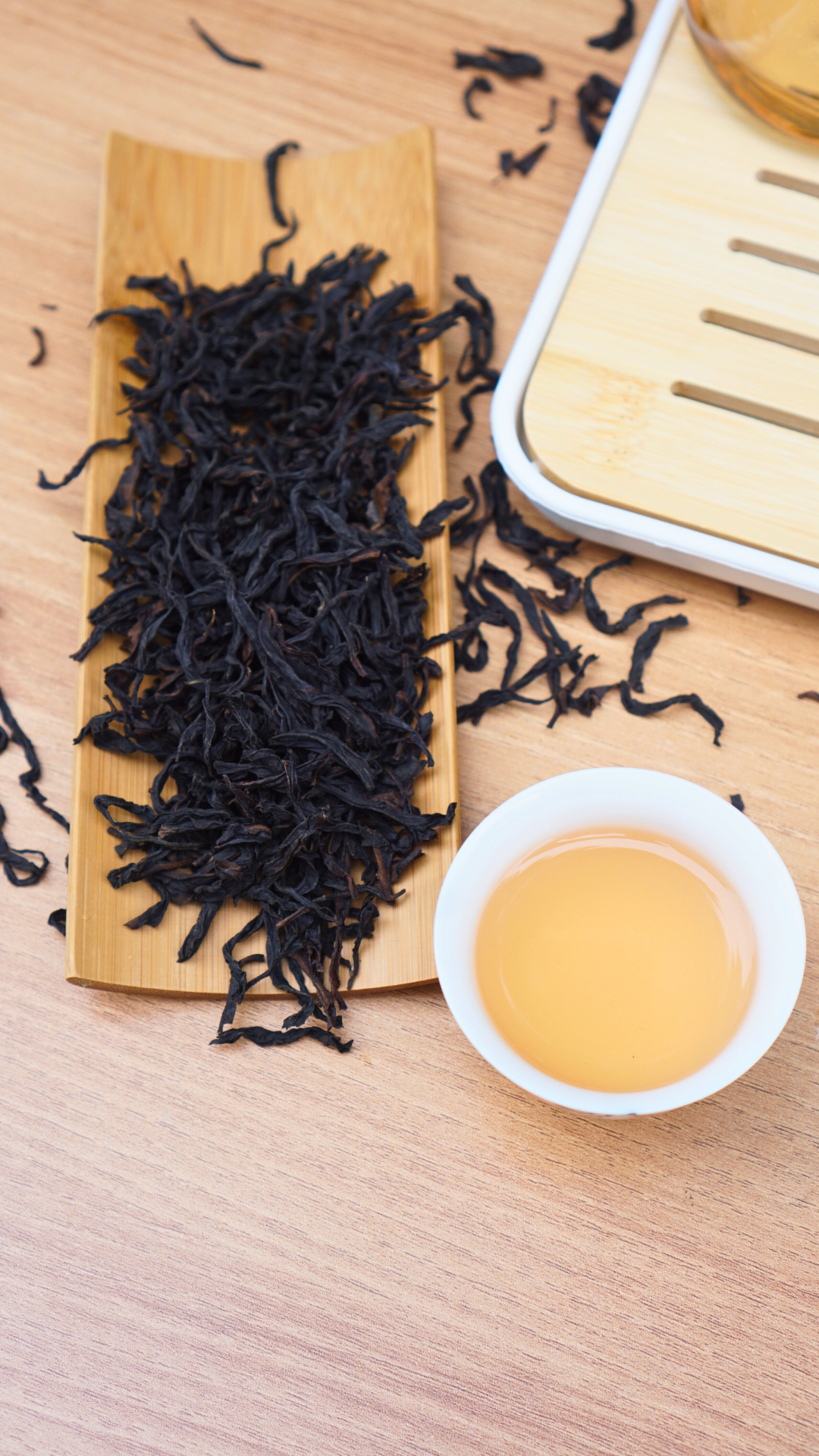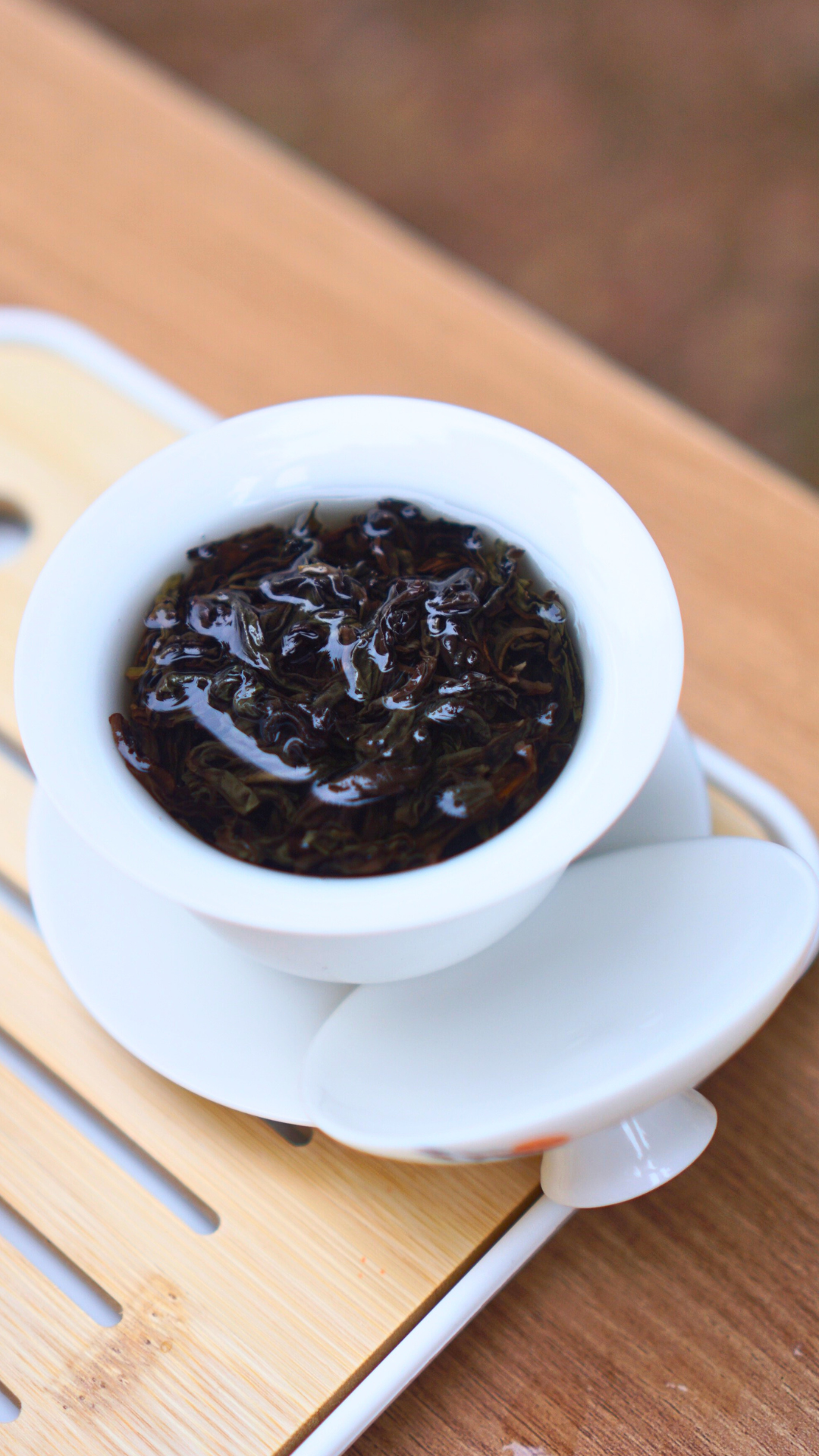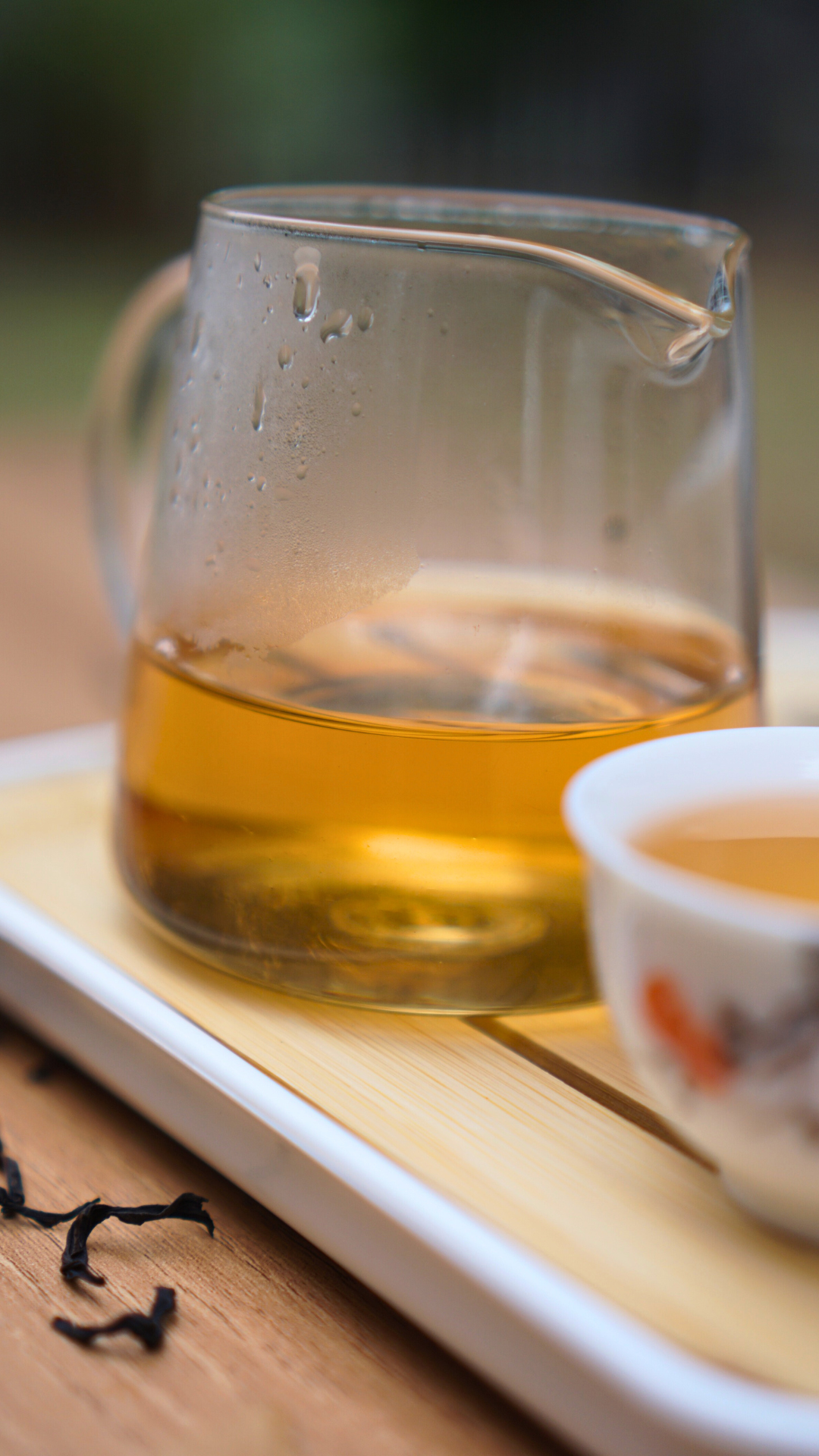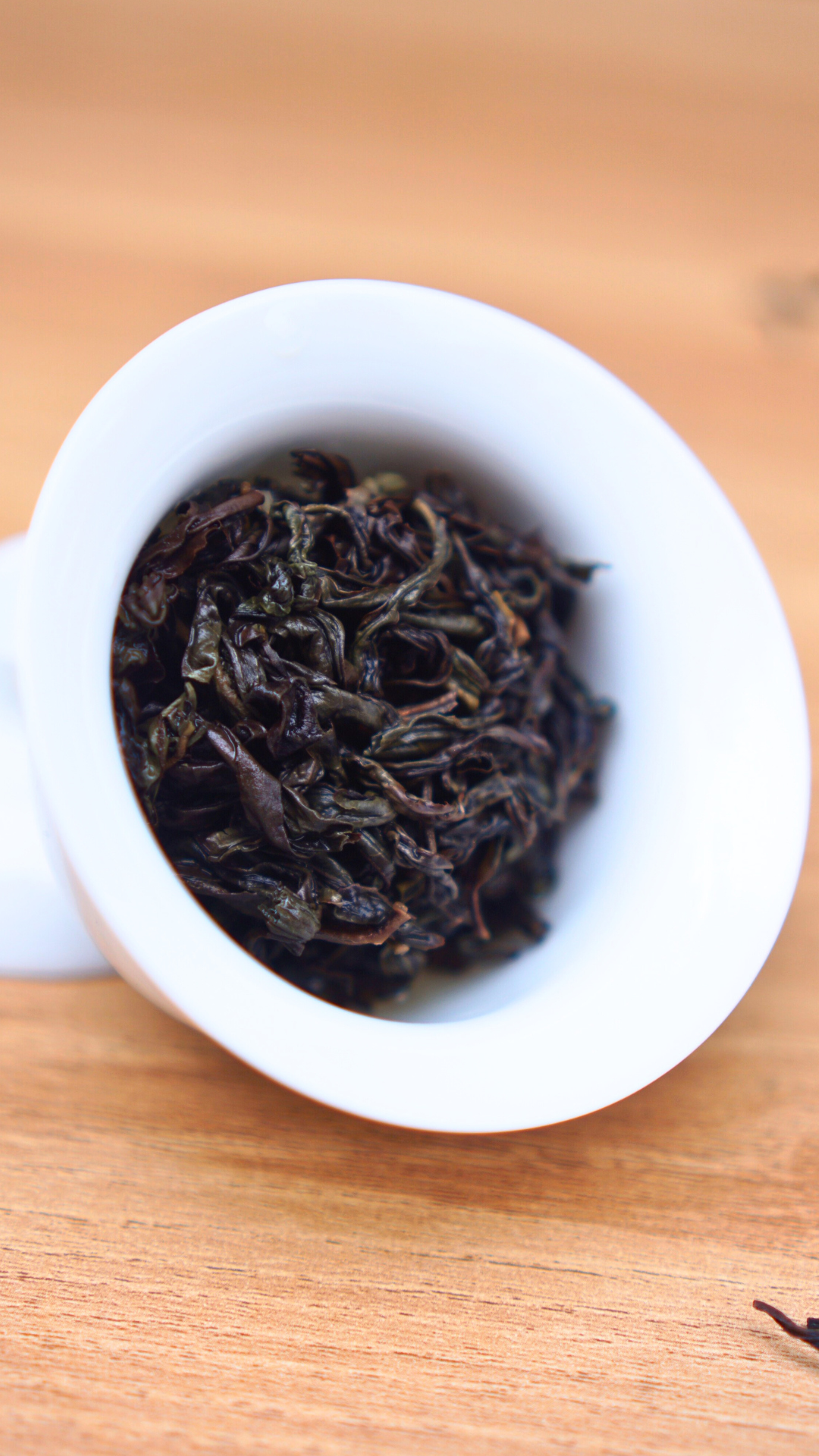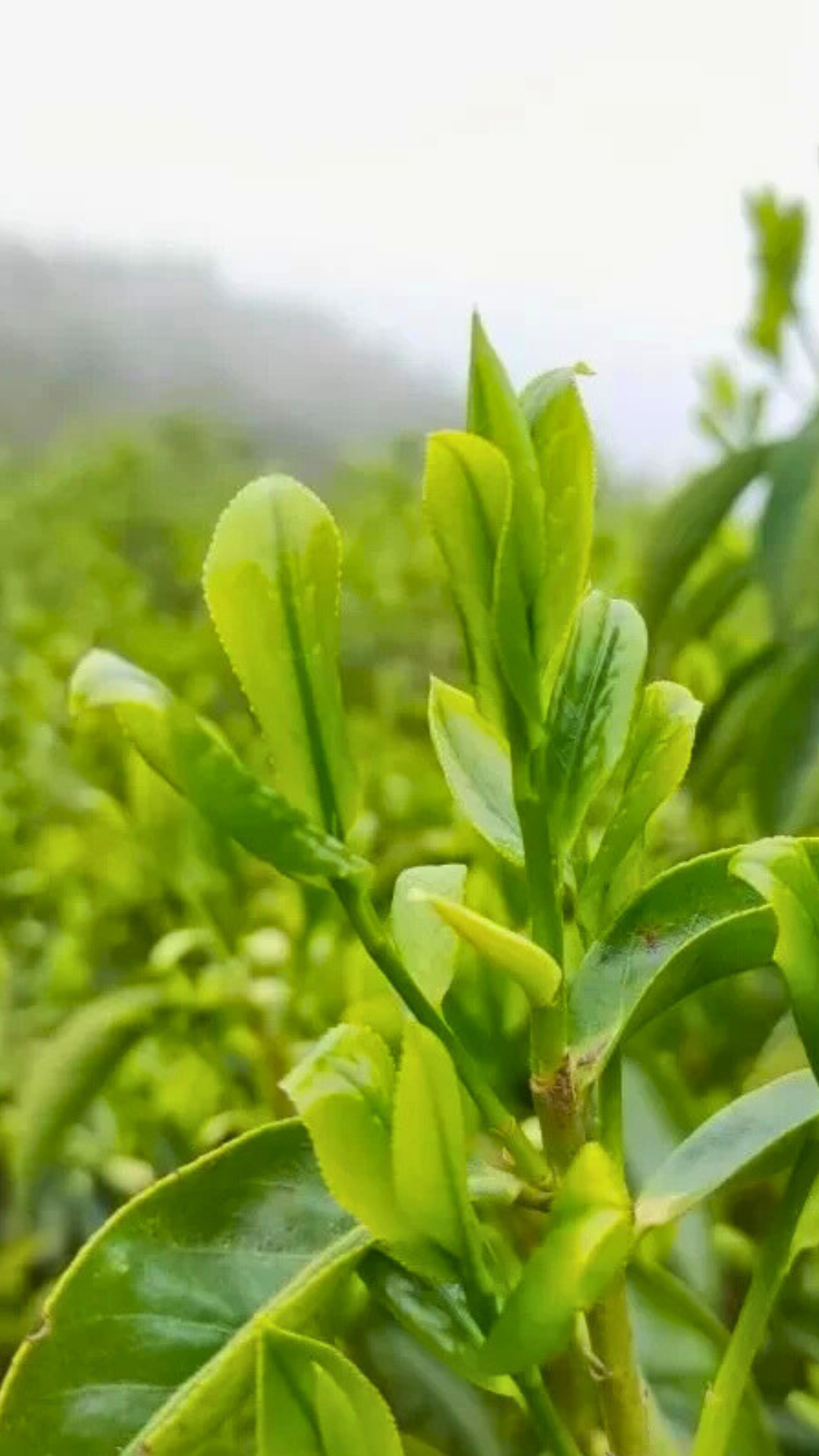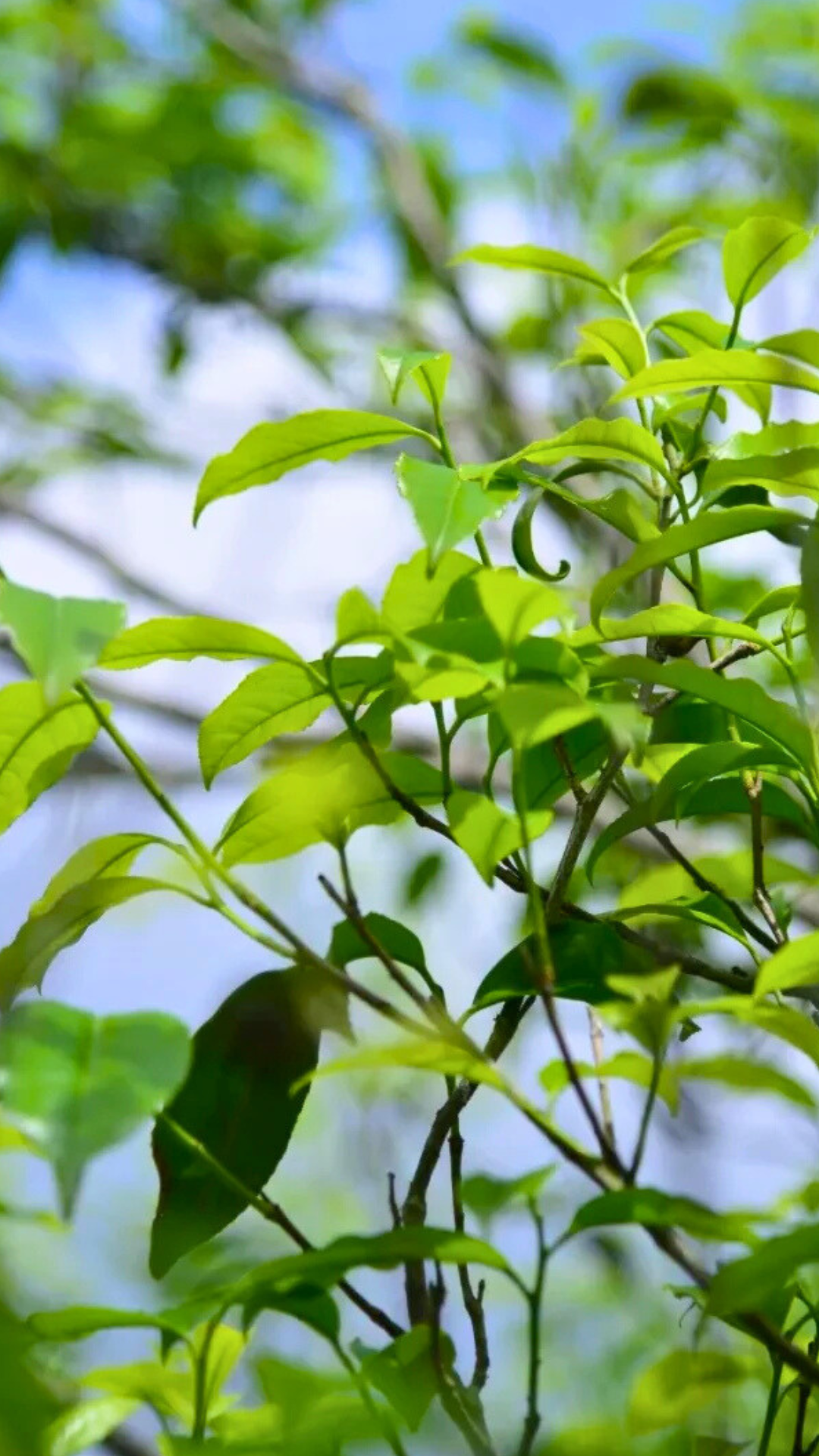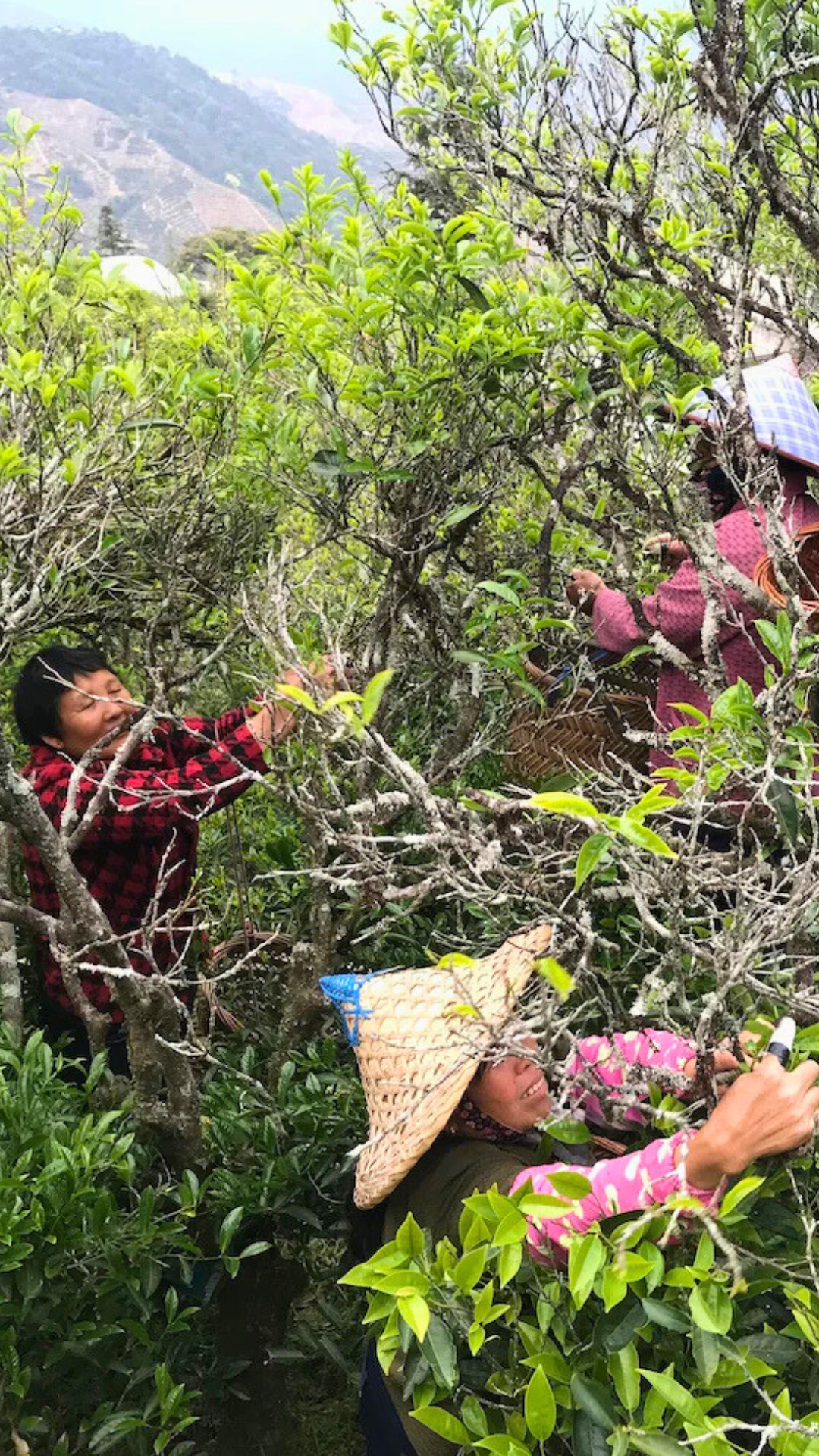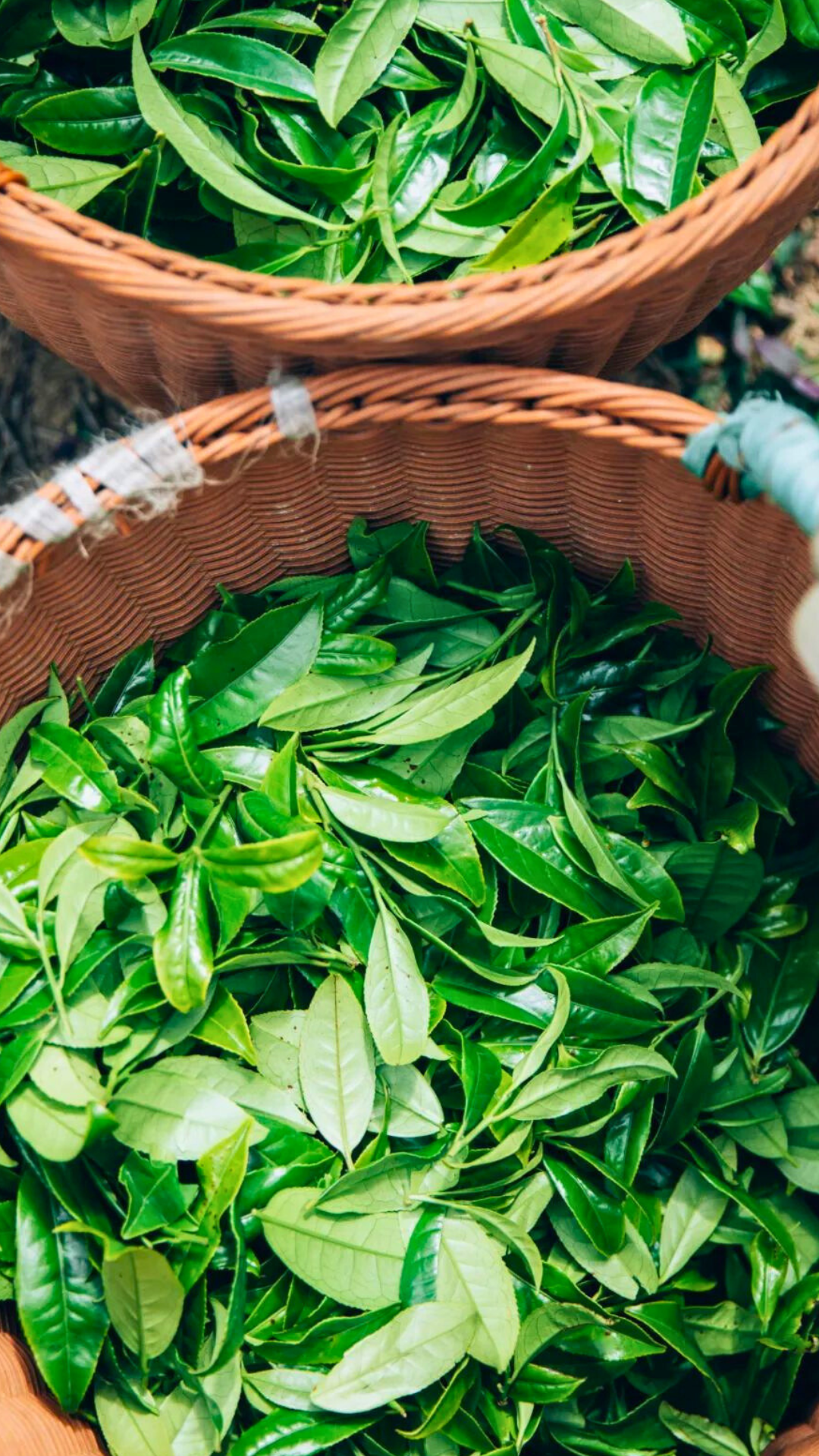Ping Keng Tou High Mountain Ya Shi Xiang
Ping Keng Tou High Mountain Ya Shi Xiang
坪坑头高山鸭屎香凤凰单枞
This Ya Shi Xiang Fenghuang Dancong ( “Duck Shit Aroma” Phoenix single bush) tea comes from the high-mountain tea gardens of Ping Keng Tou Village(坪坑头村) in Fengxi(凤溪).
In recent years, Ya Shi Xiang Dancong has become quite popular, and its production is relatively large. Why did we choose tea from this particular origin? It's because the mother tree of Ya Shi Xiang Dancong is located in Ping Keng Tou Village.
According to legend, the mother tree of Ya Shi Xiang was brought to Ping Keng Tou Village by Wei Chunse(魏春色), a local villager, from Wudong Village(乌岽村). When it was first introduced, it was planted in soil locally referred to as "Duck Shit Soil" (a type of yellow loam). Later, due to the tea’s excellent fragrance and flavor, villagers started asking about the tea bush. In an effort to keep its variety a secret, Wei Chunse casually replied that it was "Duck Shit Aroma." However, he couldn’t stop people from eventually cutting tea shoots to propagate or graft the plant. As its propagation had a high survival rate, the variety spread quickly across the entire Fenghuang Town.
The name Ya Shi Xiang (Duck Shit Aroma) continued to be used until 2012. Later, as people felt the name was inelegant, repeated discussions among tea farmers, experts, and scholars led to its official renaming to Yin Hua Xiang(Silver Flower Aroma), as its fragrance closely resembled the wild honeysuckle flowers on FengHuang Mountain.
Ya Shi Xiang Dancong tea naturally carries a honeysuckle fragrance that is rich and long-lasting, with a floral aroma accompanied by a hint of milky scent. The dry tea has a notably sweet and fresh aroma upon close inspection. The tea soup is bright orange-yellow and, when sipped, fills the mouth with fragrance, carrying the unique charm of high-mountain tea. The most enjoyable part is the lingering sweetness after swallowing, leaving a lasting aroma on the palate.
In recent years, Ya Shi Xiang Dancong has been highly favored and is widely cultivated. It is also considered one of the top choices for beginners exploring the world of Dancong tea.
Why Choose "High Mountain Old Bush" Tea?
The main component of tea polyphenols is catechins, which are also the primary contributors to bitterness. However, oxidized tea polyphenols can combine with caffeine to form complexes that impart a fresh and pleasant flavor. Thus, good Dan Cong teas often have high tea polyphenol content but relatively low catechin levels. This is the hallmark of teas grown in high mountain old bush environments. High mountain Dan Cong teas are characterized by high fragrance, strong durability in brewing, and intense sweetness in the aftertaste without bitterness. These characteristics are commonly described by Chaozhou tea enthusiasts as "mountain charm(山韵)."
Another feature of high mountain teas is their excellent growing environment, leading to predominantly aged tea trees. As a result, high mountain teas are often also old bush teas, which exhibit both "mountain charm" and "bush flavor." The so-called "bush flavor" is naturally tied to the age of the tea trees. The age of the tea tree, often referred to as the "bush age," indicates its lifespan. In the FengHuang tea region, tea trees aged 50 years or even up to 100 years are classified as "old bush." Tea connoisseurs often evaluate old bush teas based on their unique "bush flavor(丛味)."
What exactly is "bush flavor"? Opinions among tea connoisseurs may vary. Some say it's due to the moss growing on the old trees, imparting a subtle mossy note. Others attribute it to the woody character derived from the tea's age and woodiness of the old bush itself.
In my opinion, the root cause lies in the fact that older tea trees generally develop deeper and more extensive root systems, allowing them to access and absorb more nutrients. Moreover, as tea trees age, their trunks become thicker and can store a greater amount of nutrients, which in turn contributes to producing better-flavored tea leaves.
Storage
Storage
After Phoenix Dancong tea is produced, we judge when it can be consumed based on the degree of roasting. Lightly roasted Dancong tea can be generally consumed after being stored for 3-5 days to allow the fire to dissipate. On the contrary, heavily roasted tea requires a longer time for the fire to subside, usually at least about a week.
Classification by Degree of Roasting:
Light-Fragrance Type
Refers generally to lightly roasted tea. The aroma is typically excellent within three months, and if stored properly, it remains outstanding for 2-3 years. Examples include Xuepian tea, autumn tea, and lightly roasted spring teas (commonly featuring varieties famous for their strong fragrance like Ya Shi Xiang, Da Wu Ye, Gong Xiang, Ye Lai Xiang, etc.).
Mellow-Fragrance Type
Refers generally to tea leaves roasted with medium heat. This type of tea typically exhibits both a rich aroma and a fresh fragrance, with a pleasant taste that is much loved by tea enthusiasts. With the increased degree of roasting, the aroma and flavor of the tea are brought to perfection, with the best drinking period being within three years. When properly sealed and stored, mellow-fragrance Dancong tea becomes smoother over two years, and its aroma deepens into the tea liquor.
Strong-Fragrance Type
Refers generally to tea leaves roasted with high heat. This type of tea requires a relatively long time for the fire flavor to dissipate, but the tea is suitable for longer storage. The best drinking period is generally between 3-5 years. The main varieties of this roasting style include Shuixian, Baxian, Mi Lan Xiang, Da Wu Ye, and Ao Fu Hou, among others.
Most Dancong teas share a common characteristic: they develop a richer taste over time due to post-fermentation. However, it’s somewhat oversimplified to claim that Dancong tea can be stored indefinitely. This is because after a certain storage period, the tea will begin to exhibit aged flavors. Typically, aged flavors become noticeable after more than five years, which is why we often recommend a storage duration of 3-5 years.
The moisture content of Phoenix Dancong tea after refinement is 3.5%~4.5%, not exceeding 5%, and it does not require refrigeration for storage. When storing at home, it is important to consider four factors: moisture-proofing, light-proofing, avoiding breakage, and odor prevention.
1. Using Sealable Purple Clay or Ceramic Containers
These types of containers, especially purple clay tea canisters, are the most suitable for storing loose Pu'er tea. They can block light, prevent moisture, and the unique breathability of purple clay vessels can assist in the transformation and aging of raw Pu'er tea.
First, clean the purple clay container thoroughly, and once it is dry, you can store loose Pu'er tea in it.
Note that while purple clay containers are excellent at blocking light and preventing moisture, you should still avoid direct sunlight to prevent the container from overheating. Also, due to the micro-porous structure of purple clay, it is essential to prevent the storage environment from containing odors.
2. Using Cardboard Boxes for Storage
Although purple clay containers are ideal for storing loose Pu'er tea, they can be expensive. If you need to store a large amount of tea, cardboard boxes are a viable alternative.
Choose boxes with good thickness and strength. First, place the loose Pu'er tea into clean, food-grade plastic bags or aluminum foil bags, and then place these into the cardboard box for storage.
*Storage Tips:*
Do not place the cardboard box directly on the floor, as it can absorb ground moisture. Ideally, place it on a shelf or inside a cabinet.
Avoid direct sunlight.
Avoid placing the cardboard box in environments with mixed odors, such as kitchens or dining areas.
- Loose Oolong Tea
- 500g/pouch
- Free Shipping
Couldn't load pickup availability
